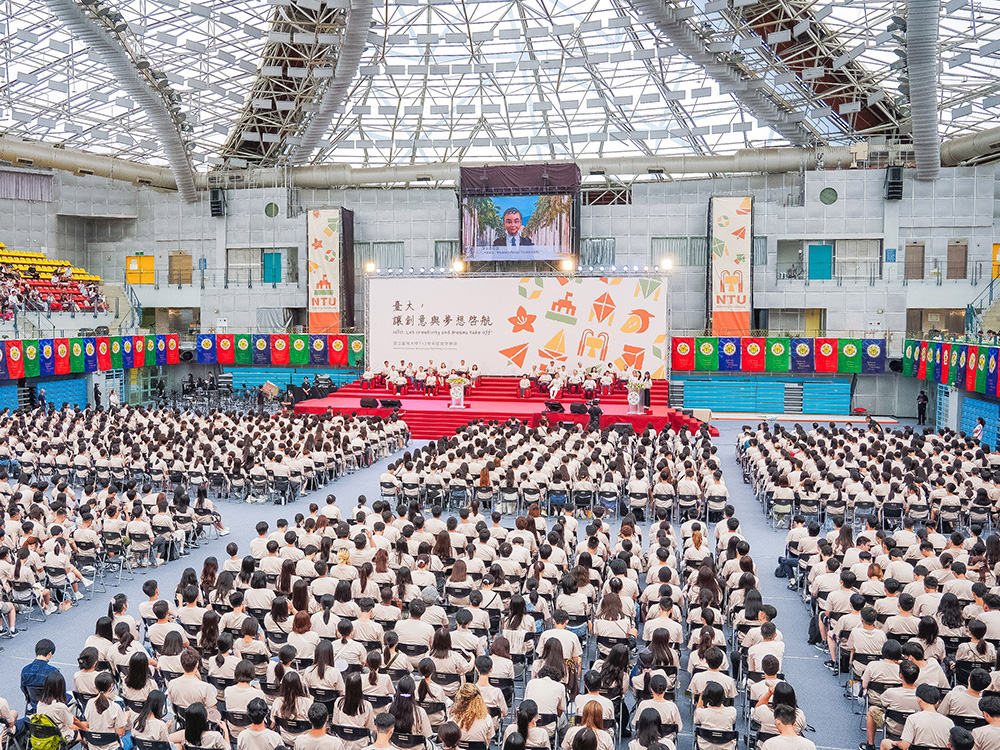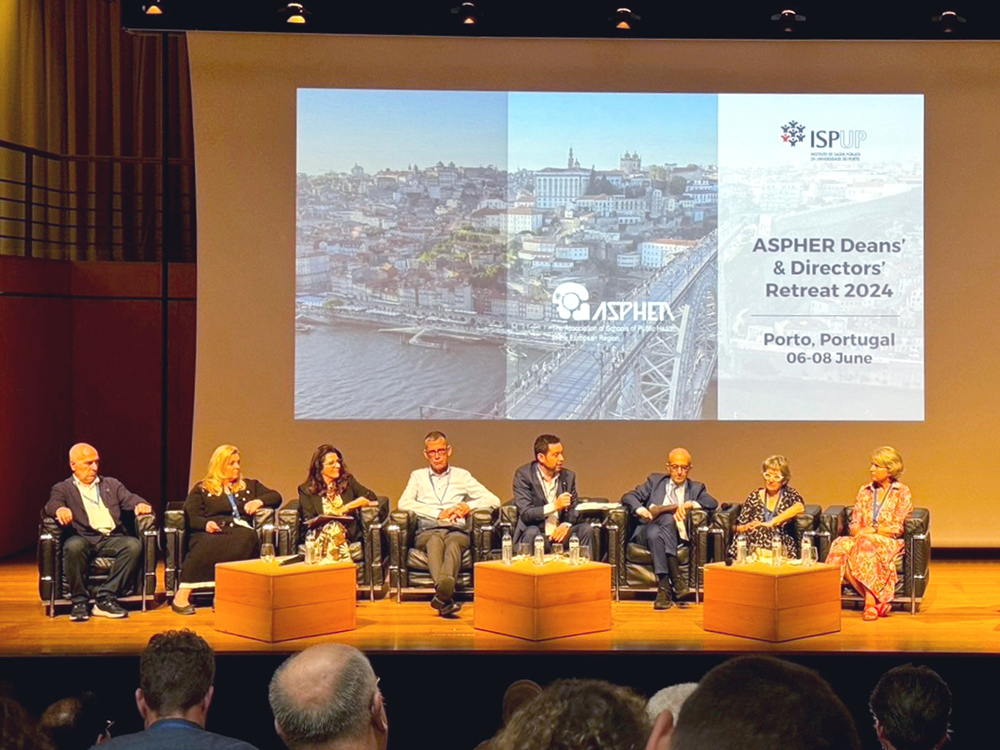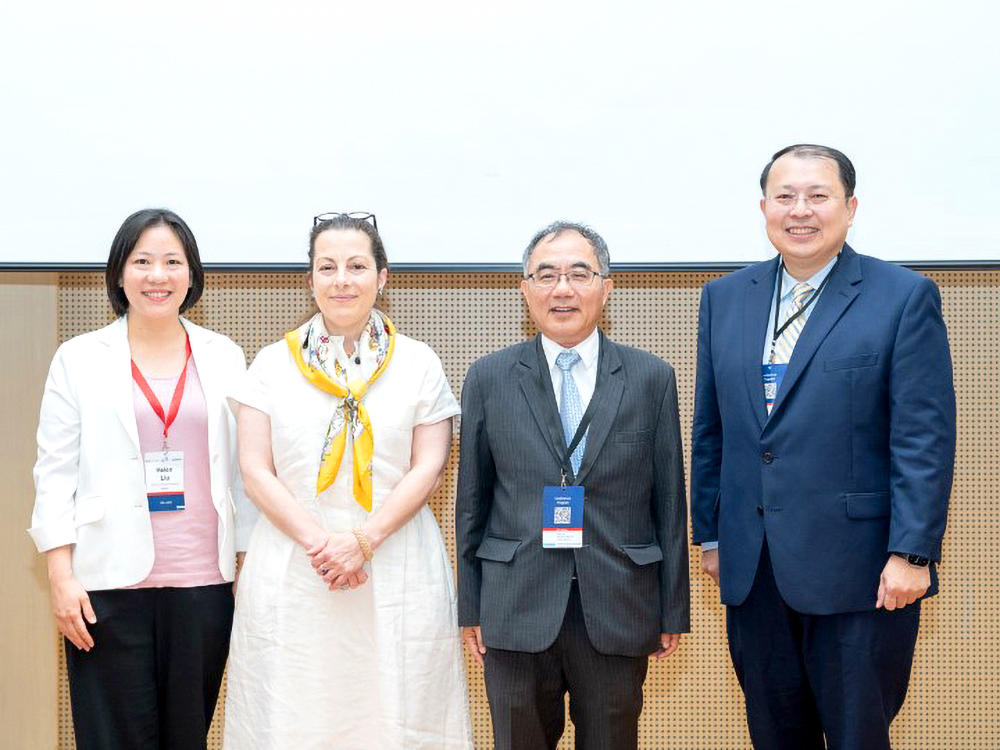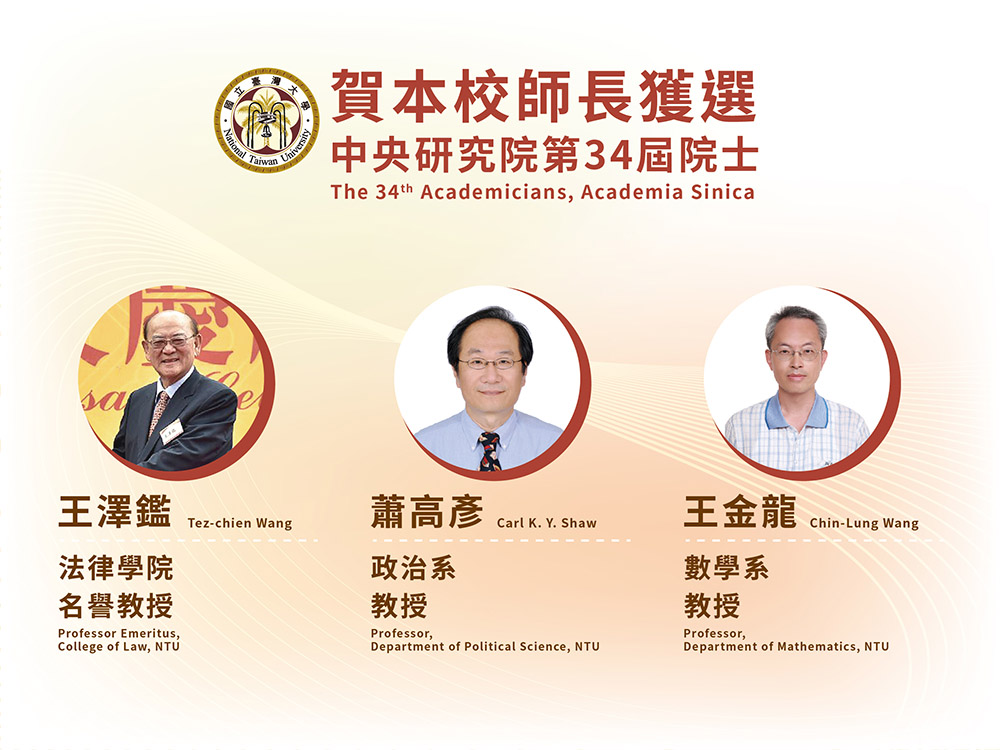
NTU Opening Ceremony: “Where Creativity and Dreams Take Flight”
瀏覽器版本過舊,或未開啟 javascript
請更新瀏覽器或啟用 javascript
Spotlights
(A) Dark-field microscopy + single Si nanoparticle: The brightest region at the particle center->Mie resonance.
(B) Laser scan microscopy + single Si nanoparticle: The brightest region NOT at the particle center->displacement resonance.
(C) Laser scan microscopy + higher laser intensity: Varying bright/dark regions->displacement-induced nonlinear photonics.
Since a millennium ago, it is well known that grinding metals yield various colors, presented as the beautiful colored windows in churches or the famous Lycurgus Cup. However, the underlying physics was not elucidated until Gustav Mie developed the corresponding electromagnetic wave scattering theory in the early 20th century. The Mie theory explains how structuring metals to sizes comparable to light wavelengths, not much smaller nor much larger, creates new optical resonances, enhancing absorption/scattering of specific wavelengths, and producing vivid colors. In the 21st century, the nanoscale Mie resonance phenomenon has been extended to high-refractive-index semiconductors like silicon, which generate strong scattering in the visible spectrum.
Now in an international collaboration among Osaka University in Japan, Jinan University in China, National Tsing Hua University, and National Taiwan University in Taiwan, our latest research discovered a new phenomenon called "displacement resonance" (Nat. Comm. 14, 7213, (2023)). Through a unique integration of confocal laser scanning microscope, mostly employed in biological studies, to examine metallic and semiconductor nanoparticles (Phys. Rev. Lett. 112, 017402 (2014); Nat. Comm. 11, 3027 (2020); Nat. Comm. 11, 4101 (2020)), the scattering point spread functions unveil distinctive spatial patterns. The team has found that when a focused light spot diameter and a silicon nanostructure are of similar sizes, not much smaller nor much larger, changing their relative positions triggers formerly unseen resonances.
To sum up, in physics, resonance is a fundamental concept across mechanics and electromagnetics. When considering resonance, such as a pendulum, typically the resonance condition is determined by the spatial size versus driving frequency, but not the driving source symmetry. Here we use Mie resonance as an example, to introduce a new concept of how non-paraxial excitation induces new resonance modes that are not allowed with paraxial excitation. Conceptually, our discovery opens up a new spatial dimension, revealing that when the focused light "spots diameter" and "displacement" scale are similar to the nanoparticle diameter, new resonances emerge when the focus is NOT aligned with nanostructures. Besides advancing fundamental physical concepts, we expect displacement resonance will find applications in interdisciplinary fields, including nonlinear nanophotonics, optical computing, and super-resolution microscopy.
The article was published in Natural Communication in November 2023. For the full text, refer to the link as follows:https://www.nature.com/articles/s41467-023-43063-y

NTU Opening Ceremony: “Where Creativity and Dreams Take Flight”

Prof. Wei-Shiung Yang wins MOE National Excellent Teacher Award

NTU College of Public Health's Global Health Program Joins the Association of Schools of Public Health in the European Region

NTU hosts a successful dg.o 2024

Congratulations to NTU faculty members elected as 34th AS academicians
Current Spotlights